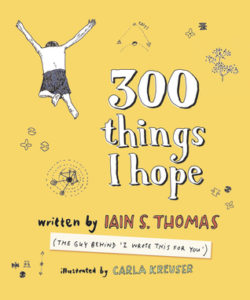 (3 / 5)
(3 / 5)
With the fate of Studio Ghibli still uncertain, what are all the talented artist and storytellers to do that worked there to do? Get up, form their own studio and make a movie. Good for them!
Mary and The Witch’s Flower is the movie debut of Studio Ponoc and they take it upon themselves pick up the baton to create accessible movies for children that are just as filled with whit and inspiring images that would wow an adult.
From its first scene, it is here to intrigue and impresses. A hooded figure runs away from other hooded figures, they carry something. They grab a broom and fly away on it, grey, blobby being chased them and the tree city they came from explodes. While being pursued what the hooded figure has is dropped into a forest and so is their broom. We instantly have many questions and there is a lot of color, sound, music and beautifully realised animation to kick off the movie already.
We then see a little house in the countryside and a young girl by the name of Mary (Hana Sugisaki) is moving in. She wants to help but she is a terrible clutz, not even being able to tie a flower or pick of a box of her stuff without causing a mess. While exploring her new home she comes across two cats, one grey one black. They lead her into the forest and there she finds a broom held by a tree with vines and a flower that is so blue it seems to be glowing. One night the broom starts moving by itself and takes Mary through the clouds and to a place like no other, Endor College for witches.
It is the sequence where Mary is introduced to the headmistress Madame Mumblechook (Yuki Amami) and is shown all the facilities of the college that is easily the best part of the movie.
The animation is just like that of Studio Ghibli, with thick lines, blobby movement, and simple but expressive character designs. Being that the new studio is composed of almost entirely former Ghibli staff this isn’t really a surprise.
There is a wealth of generosity paid to the animation. Sure it’s pretty and smooth but the generosity comes in little things that most people wouldn’t even notice but they did and put in the extra effort. Take a moment where Mary is being guided through the school, we see the big establishing shot and when the camera is closer to her face we can still see something going on with someone else. Animation, particularly hand-drawn animation requires one drawing at a time to be produced to create the illusion of movement and when it’s done must be colored in, which is also time-consuming. These little things which take up much time and go by so unnoticed shows that the people working there are passionate about bringing the whole world to life.
Eventually, sinister intentions are revealed, our hero must use her wits and bravery to overcome them and we are left with a satisfying ending.
The movie is the tale of a normal person being swept up into a world of magic and having to maneuver this new world where there are stakes and plenty of creative visuals along the way. It will entertain your children with it’s easy to understand plot, likable character and vivid color pallet. Adults will also be sucked in.

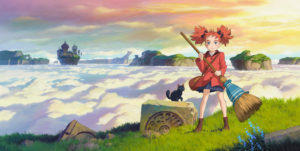
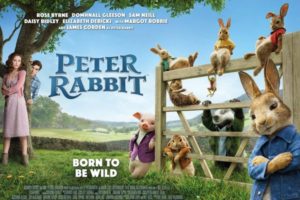
 (1 / 5)
(1 / 5)
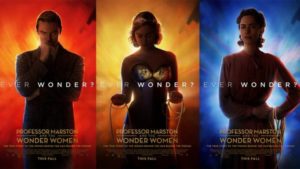
 (4 / 5)
(4 / 5)

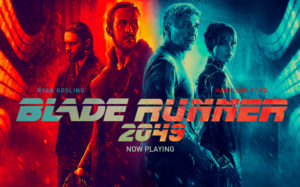

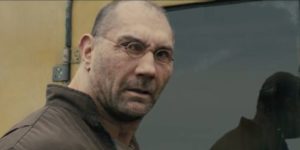
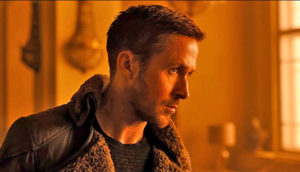

 (5 / 5)
(5 / 5)